Urban farming: 3 examples to implement this new trend
by Nikola Tosic, 5 February 2018
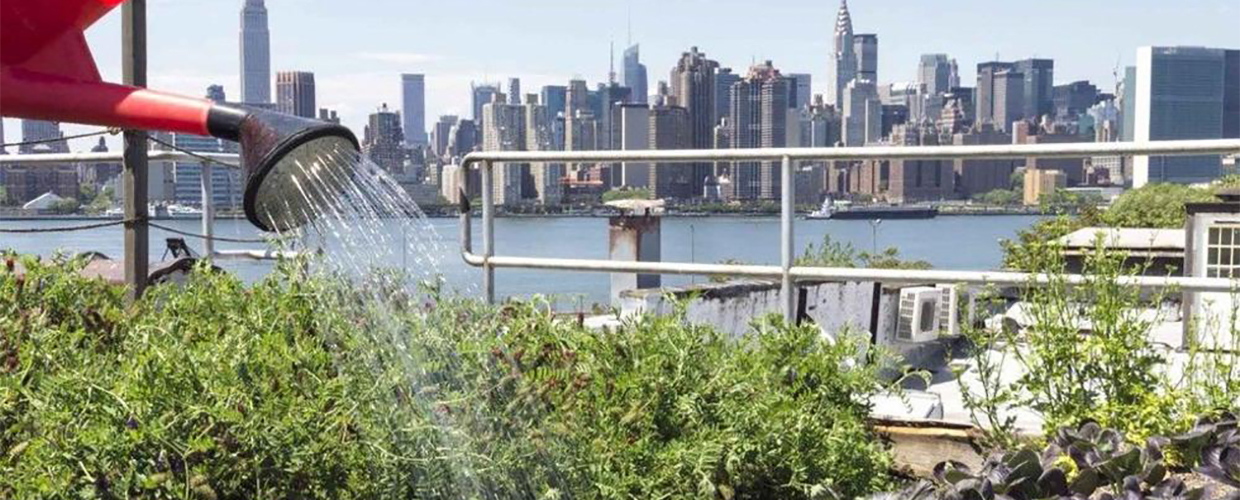
Urban farming is growing food in a city or heavily populated town or municipality. In recent years, this has become a global trend, and is continuing to grow. Urban agriculture is a means to increase access to locally grown food and a way of reintroducing the public to the many aspects of food that we have lost as a culture. How food grows, what grows regionally and seasonally are all important lessons and make a better informed urban consumer. Many shoppers like the idea of buying local. After all, it can mean fresher and healthier foods, stronger local economies, direct contact with food producers and in some cases lower carbon emissions.
Some urban farms are built exclusively for education, training or re-entry programs. Many are built to improve food access in a specific community or to continue traditional culinary cultures. Some are built as for profit concerns, recognizing that the savings on food transportation can make urban farming financially viable as well as more environmentally responsible. For others food justice is the reason to develop urban farms in their communities, which means improving the access to fresh food for economically disadvantaged communities.
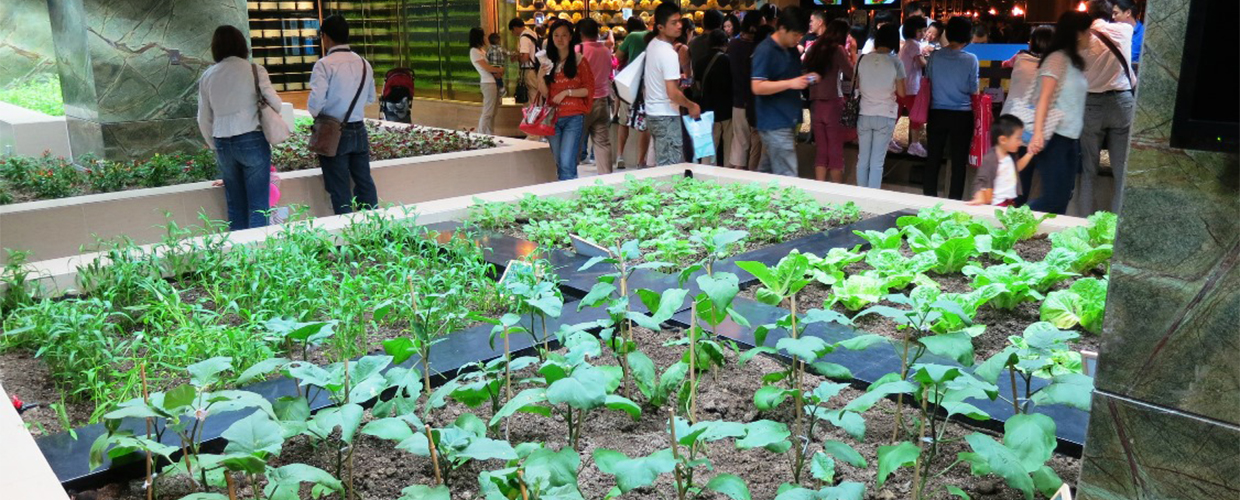
Regardless of its purpose, urban farming has many benefits, which in some ways make it superior even to traditional farming:
- It is more productive. Since most urban farms are designed vertically, one can produce even so much as 100 times more food than with regular farming (per square foot);
- It is more sustainable, as urban gardening systems lead to considerable water, power and space savings if compared to traditional farming;
- Organic produce becomes more accessible, because crop is grown in a more controlled and conscious manner;
- Fresh produce can be enjoyed all-year-round. The more urban farming and eating locally there is, the fewer miles food must travel before it is on your plate: you get fresher, healthier food and are more likely to eat what is in season;
- It makes efficient use of land. A growing population alongside diminishing arable land is a definite concern. Urban farming is a great way to efficiently use the land we do have to feed the people.
For these reasons, increasingly social entrepreneurs are experimenting with novel ways to make local agriculture an integral part of urban life. Here are 3 intriguing projects currently underway.
1. Lufa Farms, Montreal, Canada
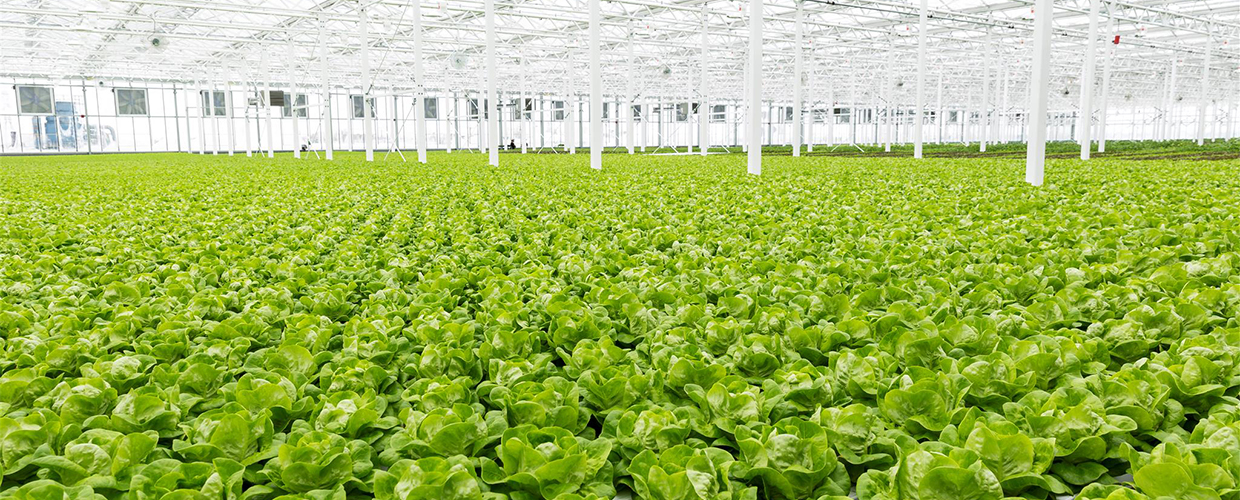
Lufa Farms in Montreal has two sprawling rooftop greenhouses that produce greens, herbs, peppers and eggplants, which it delivers to approximately 4,000 customers each week. The goal is to create a “local food engine”, says the company’s greenhouse director Lauren Rathmell.
2. Prinzessinnengarten, Berlin, Germany
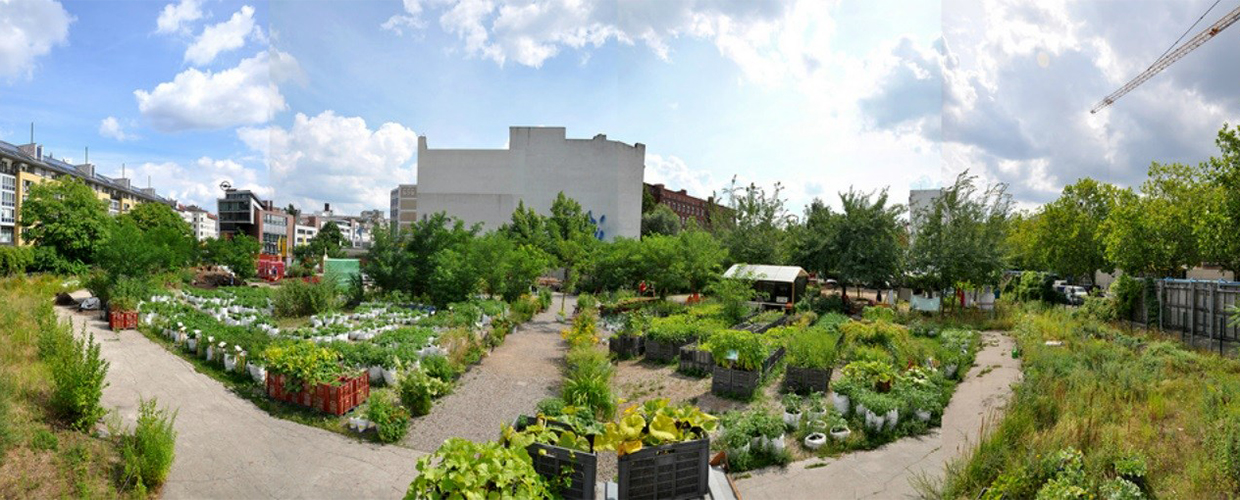
The Prinzessinnengarten is an urban farm nestled in the shadow of the former Berlin Wall, where a wide range of vegetables grows in repurposed Tetra Paks, rice sacks and plastic crates.
3. Brooklyn Grange, Brooklyn, New York, US
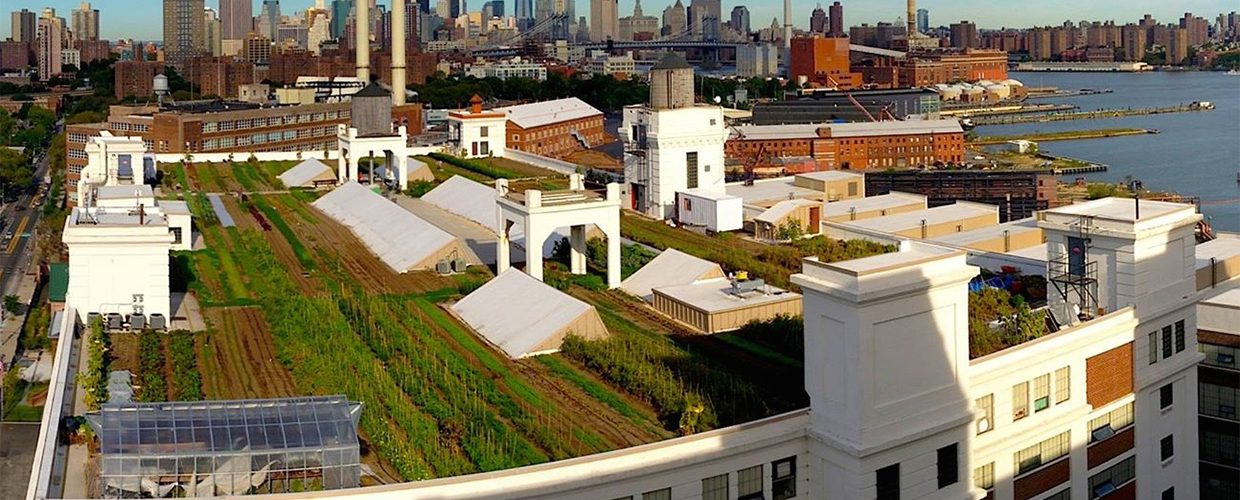
The Brooklyn Grange operates the world’s largest rooftop soil farms, which produce more than 50,000 lbs of vegetables each year. In addition to boosting New York City’s local food supply, the farm also absorbs more than 1m gallons of stormwater every year, reducing the load the city’s systems must manage.
Learn more about Geoplast Green Solutions
